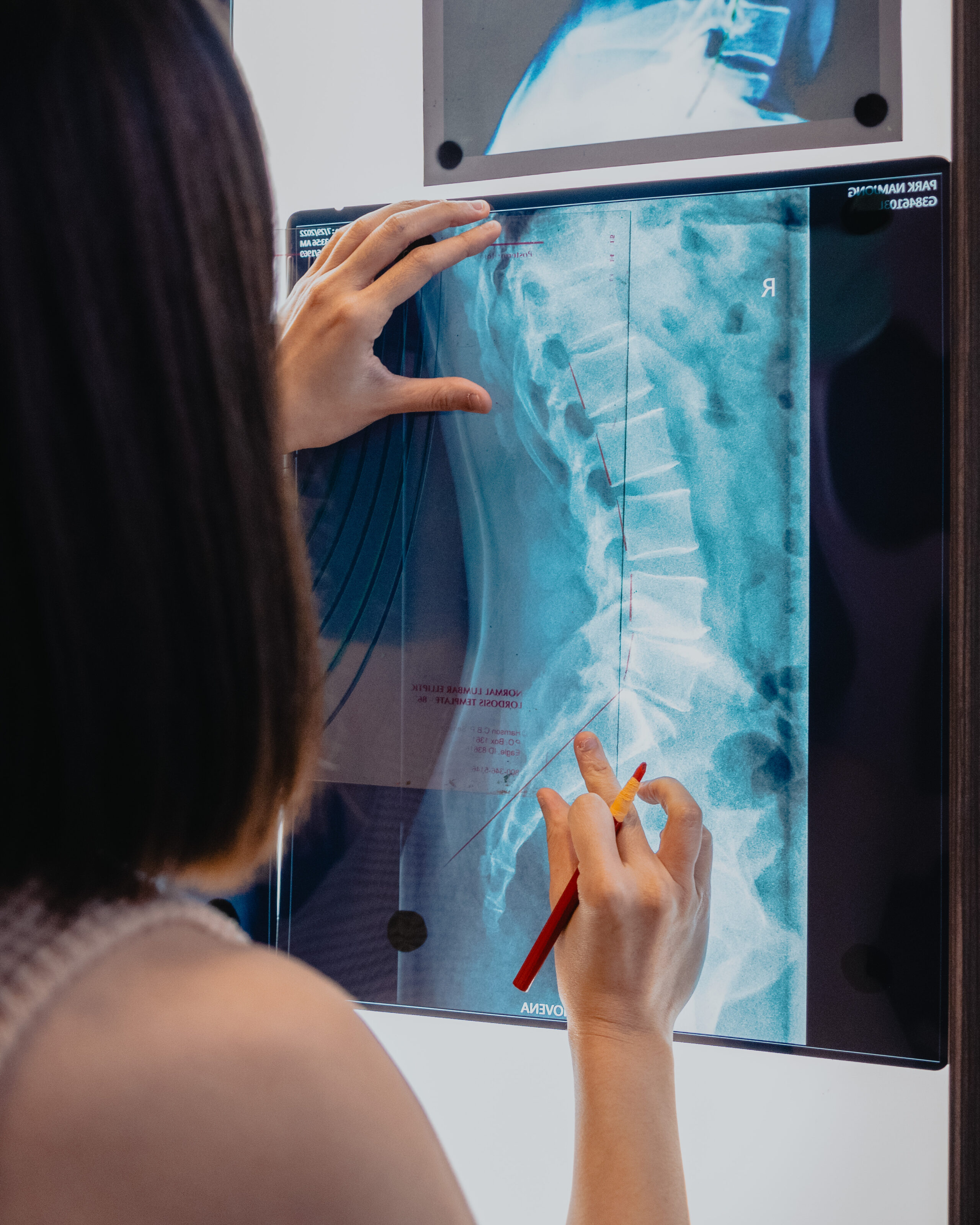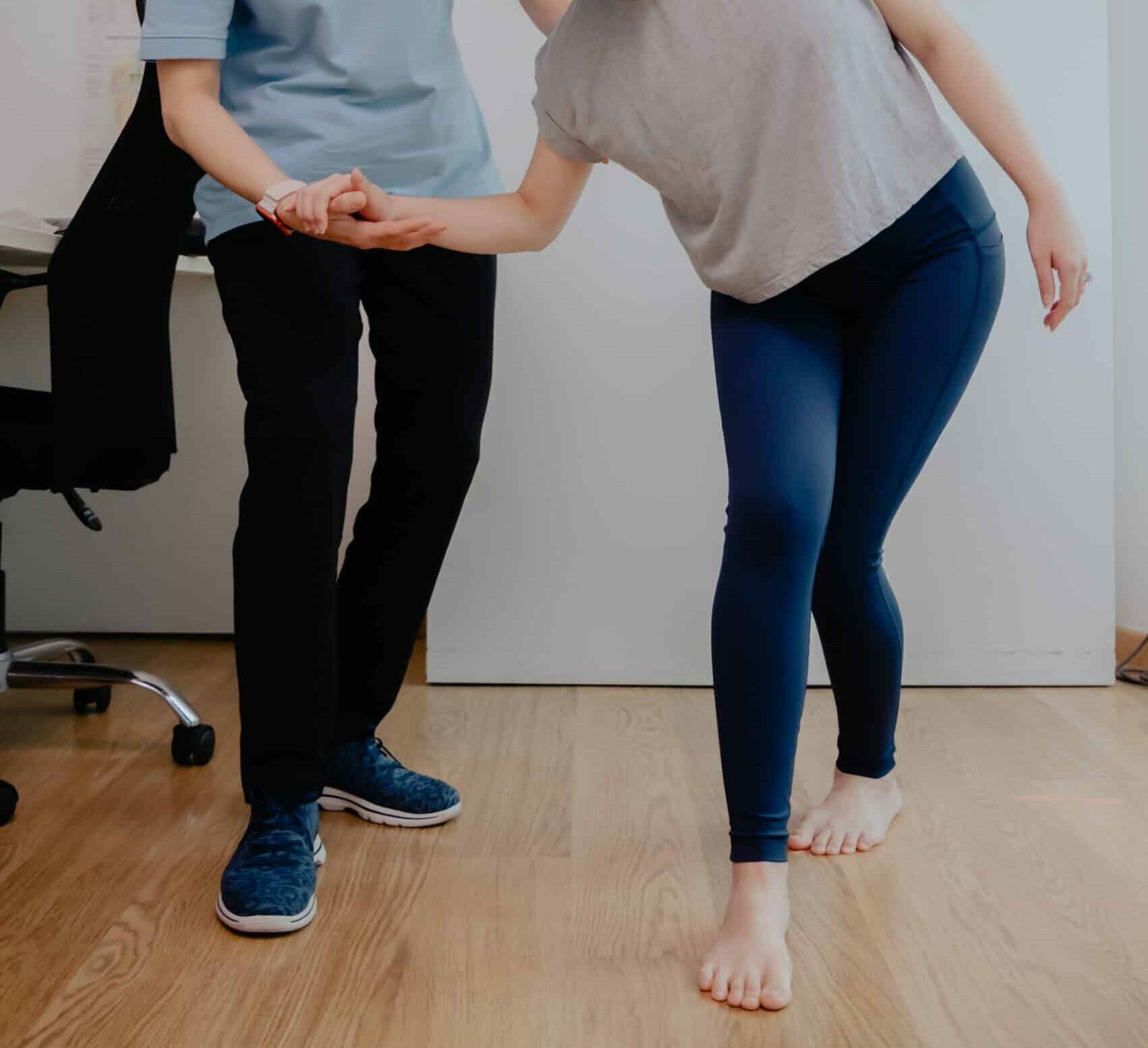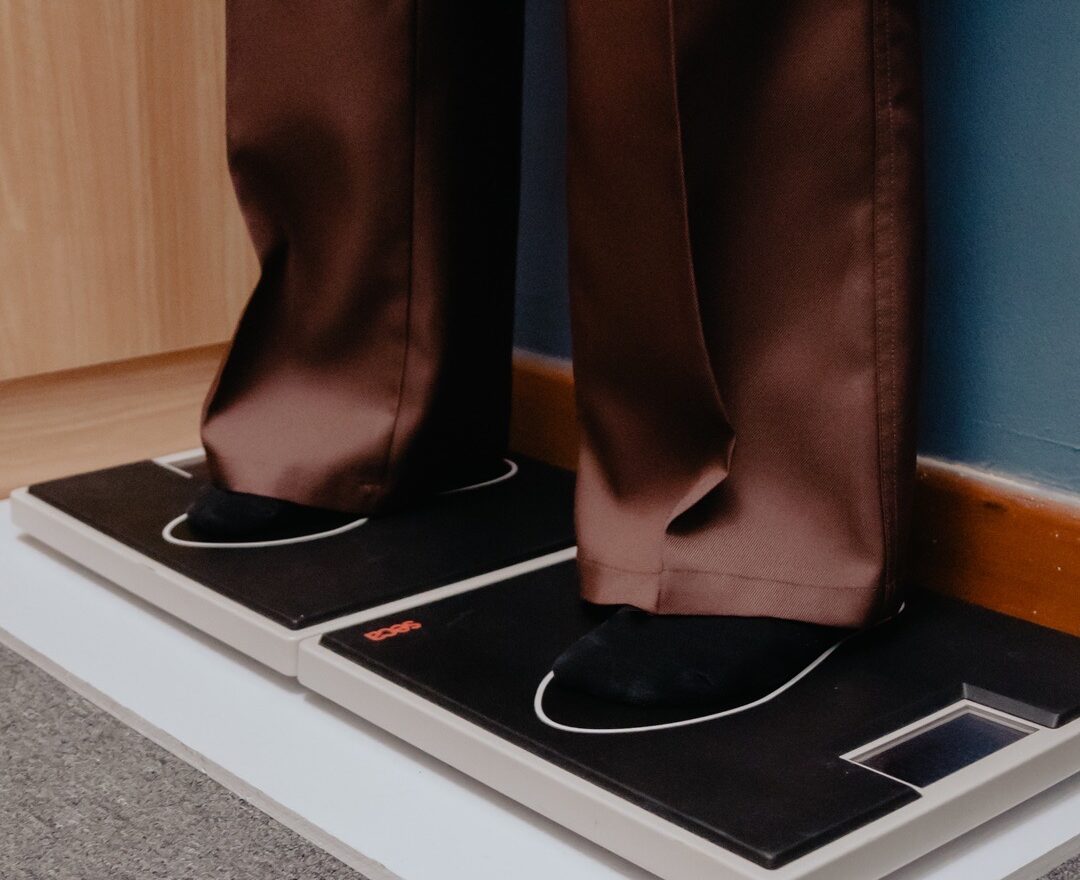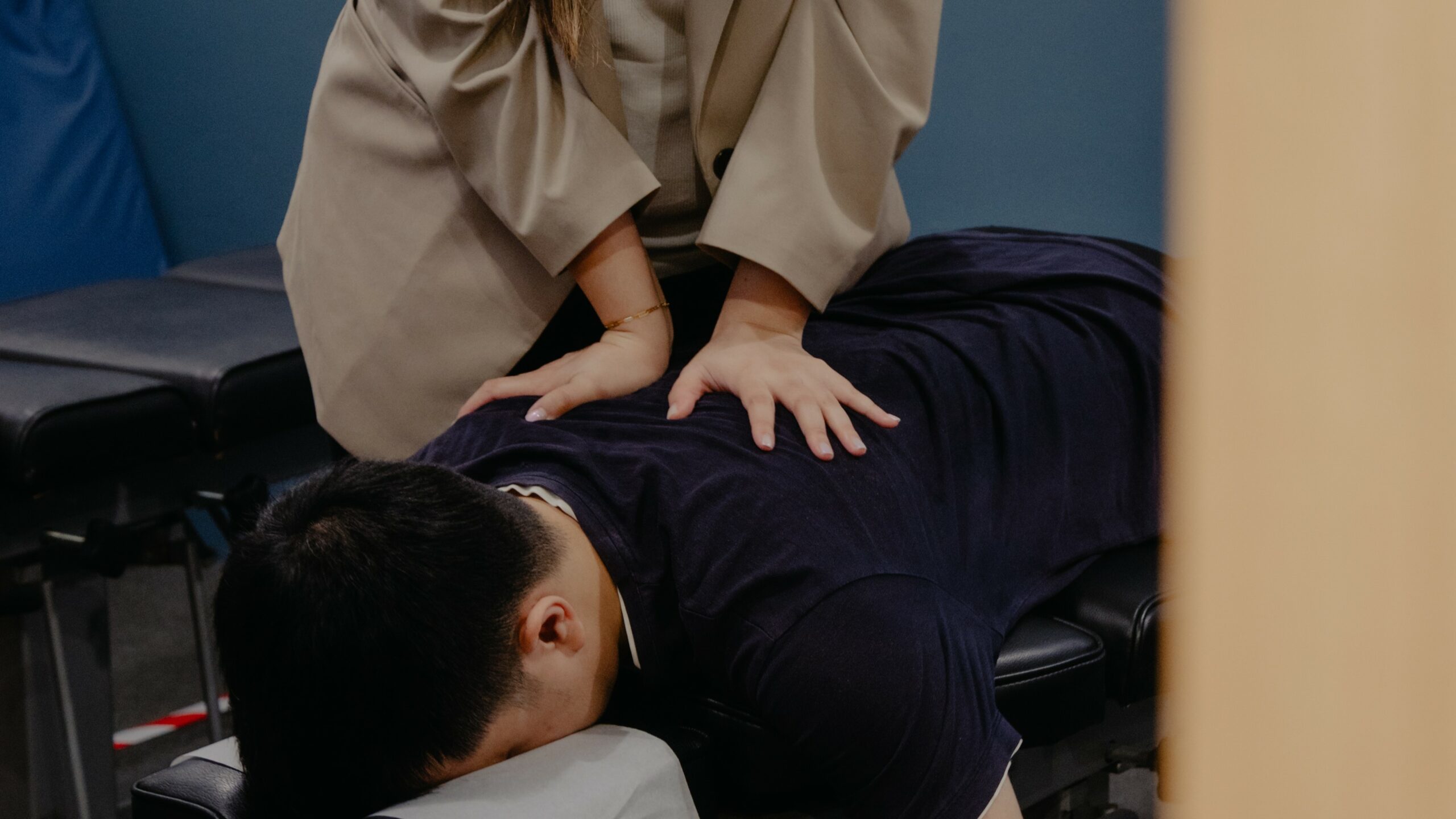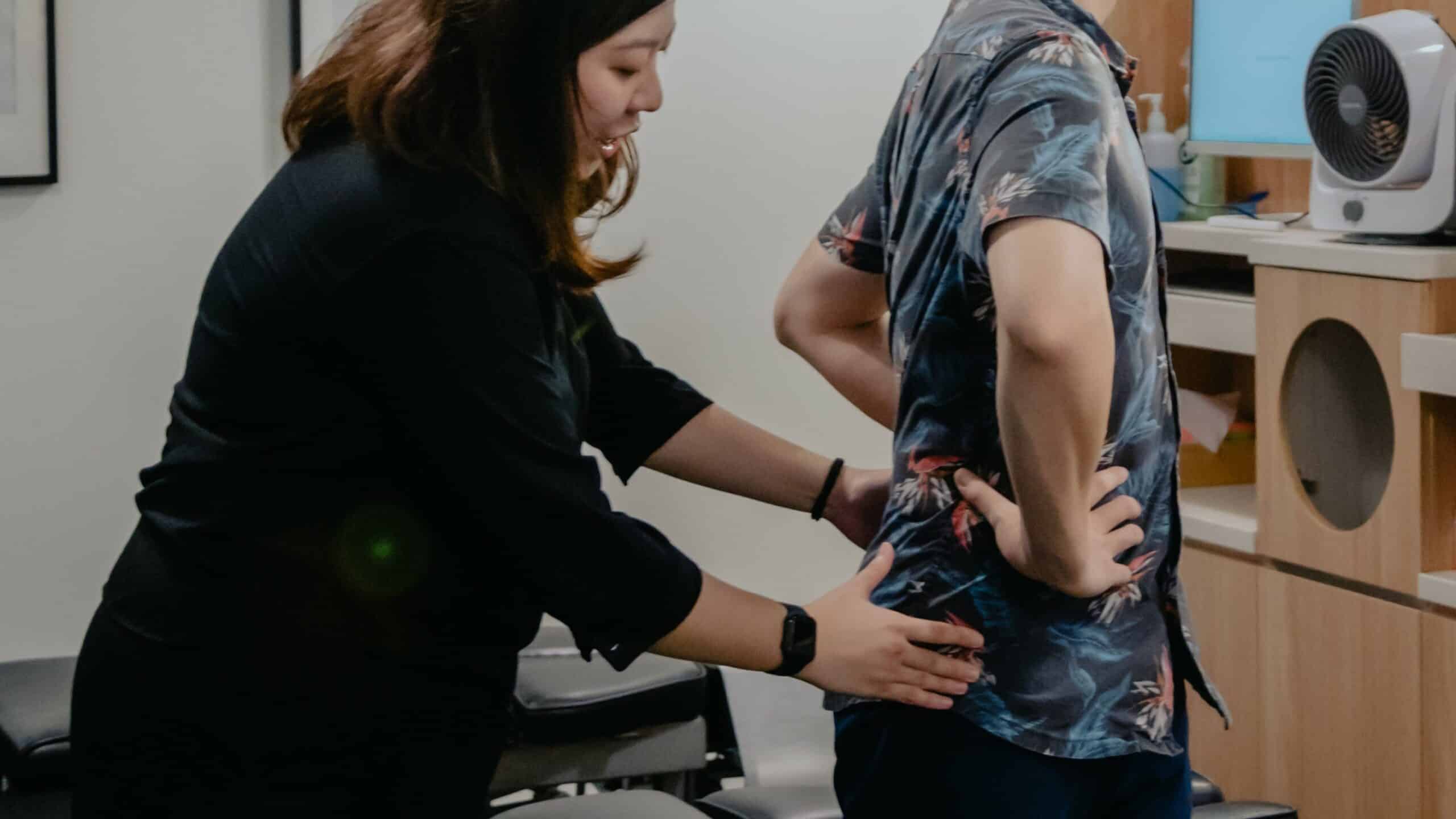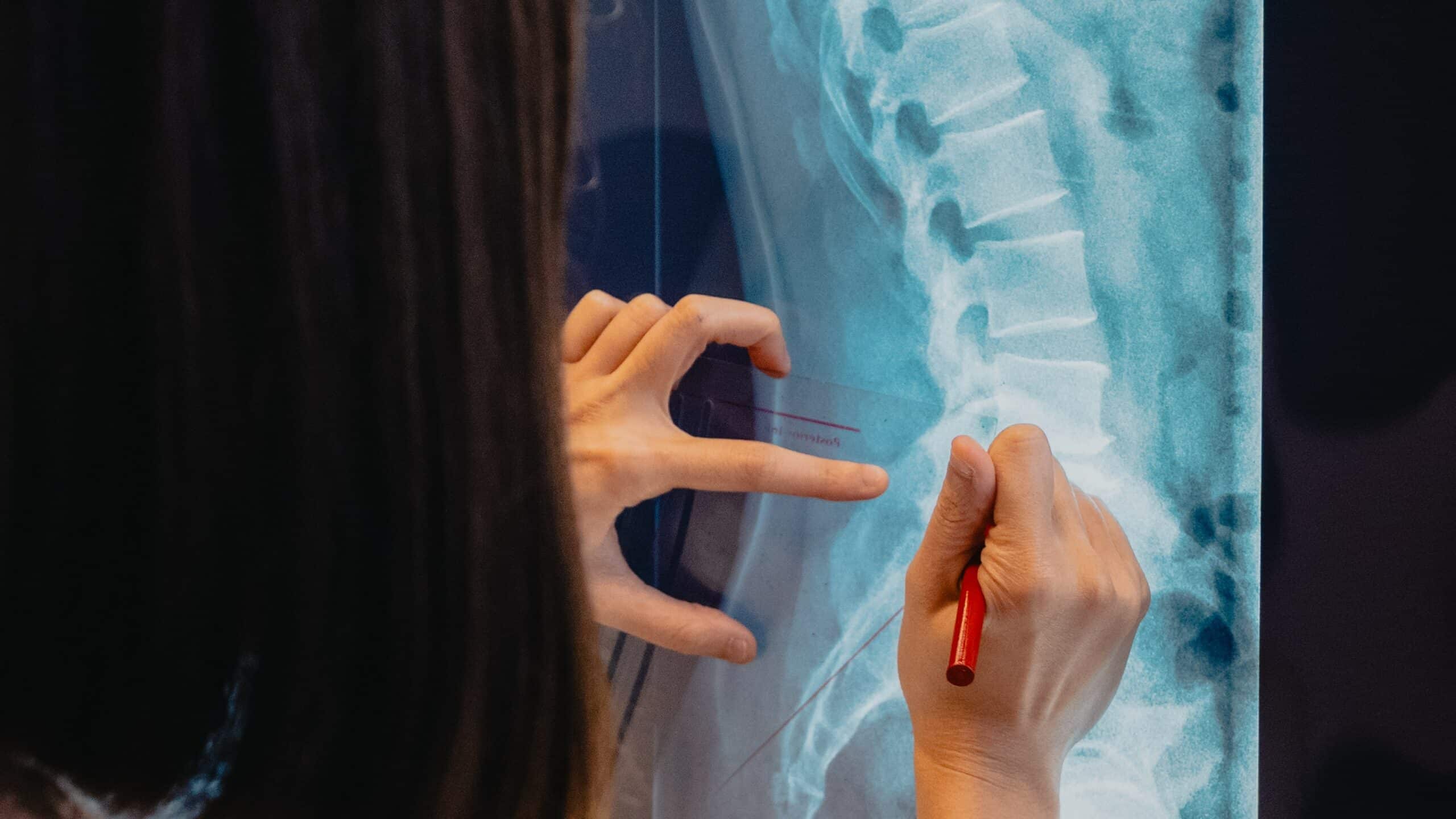When it comes to the intricate network of bones and nerves in our bodies, few things are as vital as the spinal cord. It serves as the ultimate information superhighway, transmitting messages between the brain and the rest of the body. Unfortunately, spinal cord injuries can have devastating consequences, impacting mobility, sensation, and overall quality of life.
However, fear not! For we will explore various ways to prevent spinal cord injuries, signs of injury, diagnosis methods, the impact of thoracic damage, and the potential benefits of chiropractic care.
What is the spinal cord and why is it important?
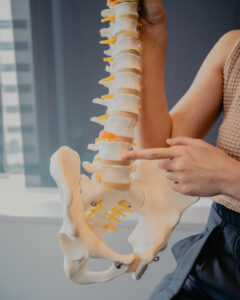 The spinal cord is a long, cylindrical structure that runs from the base of your brain to your lower back. It consists of tissues, fluids, and nerve cells, all protected by the bony column of vertebrae. The spinal cord is crucial to the body as it carries motor commands from the brain to the body, transmits sensory information from the body to the brain, and coordinates reflexes. It acts as an information superhighway, enabling movement and facilitating the communication of sensations.
The spinal cord is a long, cylindrical structure that runs from the base of your brain to your lower back. It consists of tissues, fluids, and nerve cells, all protected by the bony column of vertebrae. The spinal cord is crucial to the body as it carries motor commands from the brain to the body, transmits sensory information from the body to the brain, and coordinates reflexes. It acts as an information superhighway, enabling movement and facilitating the communication of sensations.
What happens when you suffer from a spinal cord injury?
When a spinal cord injury occurs, it can have devastating effects on the body. The severity of the injury and its impact on bodily functions depend on the location and extent of the damage. Two common outcomes of spinal cord injuries are high spinal cord injury and spinal shock.
What is a high spinal cord injury?
A high spinal cord injury refers to an injury that occurs in the upper part of the spinal cord, often affecting the neck area. This type of injury can result in paralysis or significant impairment of the arms, legs, and trunk. It may also affect breathing and other vital functions, requiring immediate medical attention.
What is spinal shock?
Spinal shock is a temporary condition that can occur after a spinal cord injury. It is characterised by a loss of sensation, reflexes, and motor function below the level of the injury. The body’s normal physiological processes are disrupted during spinal shock, but in some cases, these functions may gradually return as the shock subsides.
The duration of spinal shock can vary, ranging from a few days to several weeks. As the spinal shock subsides, some individuals may regain partial or even full function, while others may continue to experience long-term impairments. The immediate response to a spinal cord injury is crucial, and seeking prompt spinal checkup is essential to minimise the potential impact.
By taking proactive steps to prevent such injuries, we can reduce the risks and protect our spinal health.
Tips to prevent spinal cord injury in the first place
Prevention is the key to a healthy and vibrant life, and when it comes to spinal cord injuries, it’s no different. By adopting the following tips into your daily routine, you can significantly reduce the risk of spinal injuries and ensure that your backbone remains strong and resilient.
Mind Your Steps:
As the saying goes, “Watch your step,” and never has it been more relevant! A significant number of spinal cord injuries occur due to falls. Whether it’s a slippery surface or uneven terrain, vigilance is key. Take it slow, wear appropriate footwear with good traction, and be mindful of potential hazards. Remember, rushing through life may lead to a trip-up you’ll deeply regret!
Buckle Up, Every Time:
We’ve all heard it countless times, but it’s worth emphasising: always wear your seatbelt! Car accidents are a leading cause of spinal cord injuries. So, make it a habit to buckle up before embarking on any journey, no matter how short or routine it may seem. Seatbelts save lives, and they can be the difference between a minor bump and a life-altering spinal injury.
Master Your Manoeuvres:
Whether you’re a seasoned athlete or a weekend warrior, mastering proper techniques and body mechanics is crucial in preventing spinal cord injuries. From weightlifting to yoga, sports-related activities often carry a risk of injury. Take the time to learn the correct form and follow safety guidelines to protect your back. And hey, who knows, you might even find yourself impressing your friends with your impeccable skills!
Mind Your Head:
Your head may be full of brilliant ideas, but protecting it is equally important! Traumatic brain injuries can often lead to damage to the spinal cord. So, whether you’re on a bicycle, a skateboard, or a pair of roller skates, always wear a helmet. Not only will it keep your noggin safe, but it’ll also give you that superhero-like aura while cruising around town!
Strengthen Your Core:
The core muscles are the unsung heroes of spinal health. By maintaining a strong and stable core, you provide additional support to your spine, reducing the risk of injury. Engage in exercises that target the abdominal and back muscles, such as planks, bridges, and yoga poses like the “cat-cow.” Your spine will thank you for the added strength and resilience!
Take Regular Breaks:
In our fast-paced world, it’s easy to get caught up in the whirlwind of work and forget to give our bodies a well-deserved break. Prolonged periods of sitting or standing can strain the spine and increase the risk of injury. Make it a habit to take regular breaks, stretch, and change positions. Your productivity may even get a boost, thanks to those well-deserved pauses!
Boost your preventative routine with Chiropractic care:
One proactive step you can take to prevent spinal cord injuries and maintain optimal spinal health is by considering chiropractic care. Chiropractic care focuses on the alignment and function of the spine, aiming to promote overall wellness and prevent injuries. Regular visits to a skilled chiropractor can help identify and address any misalignments or imbalances in your spine before they develop into more serious issues.
Through gentle adjustments and targeted therapies, chiropractors can help improve spinal mobility, enhance nerve function, and strengthen supporting muscles. By incorporating chiropractic care into your preventative routine, you’re giving your spine the attention it deserves, reducing the risk of spinal cord injuries, and ensuring a solid foundation for long-term health and well-being. Take your spinal cord injury prevention one step further and book a spinal check-up today.
What if it’s too late? How do I know I have a spinal cord injury?
Knowing how to spot the signs of a spinal cord injury is crucial. By being alert to the indicators and acting swiftly, you can ensure prompt medical attention and potentially prevent further damage. In this section, we will delve into the significance of recognising these signs, empowering you to respond effectively and potentially save lives.
What are signs of a spinal injury?
Recognising the signs of a spinal injury is important. It’s essential to be aware of potential symptoms that may indicate a spinal cord injury. While every case is unique, some common signs and symptoms include:
- Severe pain or pressure in the neck, head, or back at the site of the injury.
- Loss of sensation, tingling, or numbness in the extremities (arms, legs).
- Loss of control over bladder or bowel movements.
- Difficulty walking or maintaining balance.
- Impaired coordination or weakness in the limbs.
- Difficulty breathing or shortness of breath.
- Twisted or oddly positioned neck or back.
- Inability to move the arms or legs.
- Unconsciousness or altered level of consciousness.
It’s important to note that not all spinal injuries present with obvious symptoms. Some injuries may have delayed onset symptoms, and the severity can vary. Therefore, it is crucial to go for a full spinal check-up whenever there is a possibility of a spinal injury, even if symptoms are not immediately apparent.
Remember, early recognition and timely medical intervention can significantly impact the outcomes of a spinal injury. When in doubt, it is always better to err on the side of caution and seek professional evaluation. You may book a comprehensive spinal check-up here at any of our 4 conveniently located centres to receive a professional evaluation & advice from our experienced chiropractors.
How is a spinal cord injury diagnosed?
Diagnosing a spinal cord injury involves a comprehensive evaluation by healthcare professionals, such as experienced chiropractors. The diagnosis process during our spinal check-ups typically includes the following steps:
- Medical history and physical examination: Our chiropractors will review your medical history and conduct a thorough physical examination, focusing on assessing sensory, motor, and reflex functions.In particular, your chiropractor will perform a physical examination and palpation of your spine. Our friendly health partners will then conduct the remaining spinal examinations for you. That includes:
- Visual Posture Assessment
- Posture Photo Analysis
- Bilateral Weight Distribution Assessment
- Computerised Spinal Range of Motion Measurement
- Surface Electromyography Scan
- Imaging tests: X-rays are one of the best ways to visually understand and diagnose spinal injuries or any misalignments. While our Chiropractors can detect misalignments during palpation, X-rays show the severity of the condition. This will allow our Chiropractors to accurately and safely understand your condition and the adjustments required. In certain conditions (e.g. pregnancy, very young children) where X-rays are not advisable, our chiropractors will utilise other tools to understand the degree of spinal misalignment or diagnose if there is spinal cord injury.
Additional diagnostic procedures: In some cases, additional procedures such as electromyography (EMG) or nerve conduction studies may be suggested to assess nerve function and identify the extent of nerve damage.
The diagnosis of a spinal cord injury is a complex process that requires expertise and specialised medical imaging. It is essential to seek immediate professional attention if there is a suspicion of a spinal injury to ensure timely evaluation and appropriate care.
Can chiropractic care help with spinal cord injuries?

Chiropractic care can play a significant role in the prevention and management of spinal cord injuries. Chiropractors are healthcare professionals who specialise in the diagnosis, management of pain, and prevention of disorders of the musculoskeletal system, with a particular focus on the spine.
Here are some ways in which chiropractic care can help with spinal cord injuries:
- Spinal alignment: Chiropractors use manual adjustment techniques to realign the spine, ensuring proper alignment and reducing stress on the spinal cord and nerves. By restoring proper spinal alignment, chiropractic care can help relieve pain, improve mobility, and enhance overall function.
- Muscle relaxation and rehabilitation: As part of your care plan, chiropractors may also recommend various therapeutic techniques such as stretching exercises, and rehabilitative exercises to relax tense muscles, improve muscle strength and flexibility, and promote healing and recovery.
- Pain management: Chiropractic care can provide drug-free pain management options for individuals with spinal cord injuries. Alleviating pain and discomfort is the first step in allowing you to perform daily activities and perform muscle rehabilitation.
- Education and preventive measures: Chiropractors can educate individuals on proper posture, body mechanics, and ergonomics to prevent spinal cord or thoracic spine injuries. They may provide guidance on exercises, lifestyle modifications, and ergonomic adjustments to reduce the risk of injury and promote spinal health.
It’s important to note that chiropractic care should be pursued in conjunction with appropriate medical evaluation. Chiropractors work collaboratively with other healthcare professionals to ensure comprehensive and integrated care for individuals with spinal cord or thoracic spine injuries.
Empowering Awareness for a Safer Spine
Spinal cord injuries, including those involving the thoracic spine, can have significant and long-lasting impacts on an individual’s life. By understanding the importance of spinal cord health, recognising the signs of injury, seeking timely diagnosis and alleviating your pain, you can reduce the risk of spinal cord injuries and promote overall spinal health.
If you suspect a spinal cord injury, it is crucial to seek immediate professional advice and follow the advice of healthcare professionals. Chiropractic care is a great alternative to conventional medical pain-relief, providing non-invasive and holistic approaches to manage pain, enhance function, and support the healing process.
Remember, prevention is key. By prioritising spinal health and taking proactive steps to prevent injuries, you can safeguard your well-being and enjoy a healthy and active lifestyle. Book your spinal check-up now to get started on your healing journey.

